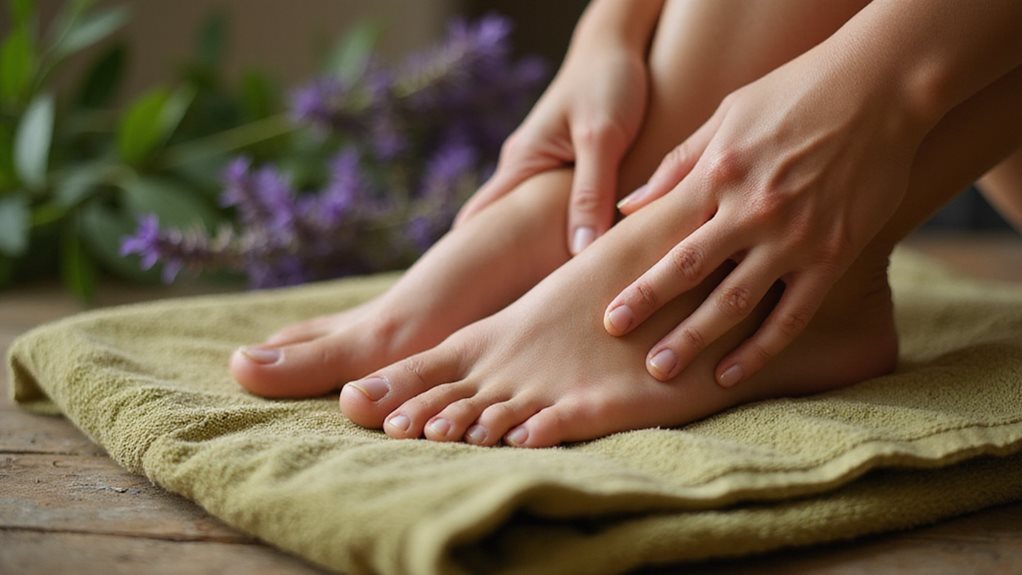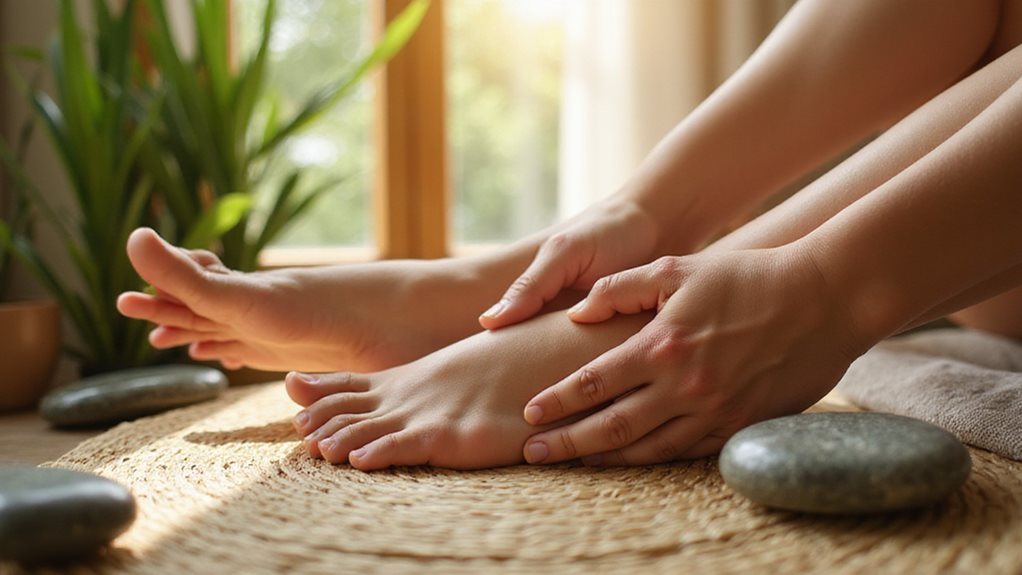Foot reflexology is an old and fantastic way to help your body feel better, just by pressing certain spots on your feet! These spots connect to different parts of your body, like your back, head, and stomach. Touching these areas can help lower pain, boost blood flow, and even help you feel less stressed.
Many people are surprised by the benefits of foot reflexology. In one study, people felt over 40% less pain after just one session! It also helps your body relax by releasing feel-good chemicals called endorphins.
That means you can feel calmer and more at ease after just a short time.
As an experienced massage therapist, I’ve seen the benefits of foot reflexology in so many people. It’s gentle, powerful, and a great way to support your health. If you’re looking for natural ways to feel better, reflexology is a smart place to start!
Key Takeaways
- Foot reflexology reduces pain intensity by over 40% per session, targeting root discomfort through reflex points.
- It lowers stress and anxiety by improving blood flow and engaging the central nervous system.
- Reflexology supports recovery from chronic pain, fatigue, and conditions like neuropathy or hypertension.
- It promotes relaxation and cortisol reduction by stimulating nerve endings in specific foot zones.
- As a holistic therapy, it complements medical care, enhancing sleep and easing anxiety.
Can Rubbing Your Feet Really Help Heal Pain?
Yes—it really can! Foot reflexology is a gentle way to help your body feel better, starting right at your feet. When special spots on your feet are pressed or rubbed, they send signals through your body to help reduce pain.
Some people say it feels like flipping a light switch that allows the body to calm down. In fact, a 2018 military study showed that one reflexology session lowered pain by over 50%—a significant change from just one visit.
Reflexology works by finding points on your feet that correspond to other parts of your body. For example, pressing on your heel might help your back feel better. This allows the blood to move more easily and brings oxygen where it’s needed most.
More oxygen means faster healing!
Reflexology also helps your body relax and feel good by releasing endorphins, the body’s natural pain-fighting chemicals. A 2020 study with surgery patients showed that reflexology helped them feel much better afterward.
Enhancing Mental Wellness With Reflexology Techniques

Why might a gentle touch to the feet uplift the mind as much as the body? Foot reflexology offers a profound connection to mental wellness, engaging the central nervous system through targeted nerve activation. This practice fosters calm by improving blood flow, which lowers stress and anxiety levels, as supported by randomized controlled trials showing significant anxiety reduction (Hedge’s g = −1.237).
It interrupts repetitive stress patterns, restoring natural balance within. Clinical trials also reflect that reflexology’s efficacy mirrors that of dedicated relaxation methods, making it a valuable tool for psychological harmony. Systematic reviews further confirm that reflexology can effectively reduce stress symptoms through targeted foot pressure.
For those seeking comfort and connection, reflexology provides a nurturing path to inner peace, inviting a shared path toward mental well-being through the simple power of touch.
Supporting Recovery in Diverse Health Conditions

As a complementary therapy, foot reflexology offers remarkable support for patients recovering from a wide array of health conditions, ranging from acute injuries to chronic illnesses. By stimulating specific foot points, it eases chronic pain like headaches or arthritis, promotes faster healing of wounds and post-surgical discomfort, and reduces fatigue in cancer patients and new mothers. It also improves circulation, aiding in hypertension management and diabetic ulcer recovery, while supporting immune function.
For those with digestive struggles, it alleviates nausea, bloating, and IBS symptoms, fostering gut health. Additionally, it enhances nerve function by revitalizing nerve endings, which can benefit conditions like neuropathy or fibromyalgia (revitalizing nerve endings). Furthermore, it complements rehabilitation for fractures and joint replacements by reducing swelling and improving muscle recovery.
Foot reflexology welcomes people seeking holistic healing, offering a nurturing path to restored well-being.
Understanding the Science Behind Reflexology Zones

What lies beneath foot reflexology’s practice that makes it a compelling complementary therapy? At its core, reflexology is grounded in ancient healing traditions from Chinese, Egyptian, and native cultures. It maps the body into zones where feet mirror organs like the heart and lungs.
Specific pressure on these zones is believed to stimulate nerve endings, sending signals to the central nervous system to improve blood flow and reduce stress.
Though scientific evidence remains limited, with debates on precise zonal location, therapy’s link to relaxation and cortisol reduction resonates deeply. Recognized as complementary medicine, reflexology offers a distinct path to balance, inviting those seeking connection to investigate how targeted touch may harmonize body and mind. Reflexologists often divide the body into ten vertical zones, emphasizing a systematic approach to targeted pressure for holistic wellness (ten vertical zones).
Integrating Reflexology Into Holistic Health Practices

Many people and healthcare providers are embracing a thorough approach to wellness and integrating foot reflexology into holistic health practices. This noninvasive therapy complements medical care by targeting specific reflex zones linked to internal organs, offering pain relief, stress reduction, and improved sleep across all age groups. Its value in nursing and complementary medicine is evident, supporting recovery and psychological regulation without reliance on drugs.
Beyond physical benefits, reflexology improves circulation, aids wound healing, and eases anxiety through deep relaxation. Research highlights its effectiveness in reducing chronic pain, with studies showing significant relief for many patients after just one session of chronic pain relief. As a community-focused practice, it fosters a shared path toward health, with certified practitioners ensuring safe, effective care.
Recognized in rehabilitation and corporate wellness, reflexology unites diverse fields and invites everyone to experience its nurturing, revitalizing potential.
Frequently Asked Questions
What Are the Benefits of Foot Reflexology for Everyday Stress Relief?
Foot reflexology benefits include calming the nervous system and helping the body relax naturally. Many people feel less anxious and more balanced after just one session, making it a simple way to manage daily stress.
Is Foot Reflexology Safe During Early Pregnancy?
Regarding safety in early pregnancy, foot reflexology is generally considered safe when performed by trained practitioners. With gentle techniques and thorough medical reviews, it supports maternal well-being, fostering comfort and connection during this sensitive time.
Can Reflexology Help With Chronic Insomnia?
Research shows reflexology can effectively aid chronic insomnia. By reducing stress hormones and calming the nervous system, it fosters better sleep. Many find relief and connection through this supportive, holistic approach to wellness.
Are There Risks With Reflexology for Diabetics?
For people with diabetes, reflexology poses risks like hypoglycemia, destabilized glucose levels, and exacerbation of neuropathy. Practitioners may lack diabetes-specific training, potentially causing harm. Careful monitoring and skilled care are crucial for safe practice.
How Often Should Reflexology Sessions Be Scheduled?
While some may worry about over-scheduling, finding the right frequency for reflexology sessions is key. Experts suggest weekly sessions for acute issues, biweekly for moderate concerns, and monthly for maintenance, fostering holistic wellness together.
Does Reflexology Require Special Training to Practice?
To be practiced effectively, reflexology requires expert training. Aspiring practitioners must complete extensive coursework, often 150-300 hours, including hands-on skills. Certification, though voluntary, guarantees credibility, fostering trust and connection within the wellness community.
Conclusion
In foot reflexology, healing starts with a simple touch to your feet. It may feel gentle, but it can make a big difference. The benefits of foot reflexology can help with headaches, back pain, stress, and even stomach troubles.
When pressure is applied to specific spots on your feet, it helps your whole body feel better. It can boost blood flow, calm your nerves, and ease pain. Many people say they sleep better and feel more relaxed after a session.
The benefits of foot reflexology go beyond the body—they help your mind too. If you feel anxious, overwhelmed, or tired, reflexology can bring peace and balance. It’s a safe and natural way to feel good again.
As someone who has seen it help so many people, I genuinely believe in reflexology. It’s a powerful tool that brings healing, comfort, and connection. If you’re ready to feel better, start with your feet—your body will thank you!

